You are just another number. You are not a human. This is how car insurance companies treat you when you file an injury claim. I know this because I saw it firsthand. You see, I spent the first years of my career working on behalf of car insurance companies defending car accident injury claims in court. In this video, I will tell you how car accident claims and settlements against the other driver’s insurance company work, in hopes that you get an understanding of the process so that the insurance company does not take advantage of you.
Setting Up the Claim
The first thing in the claims process following a car accident that needs to occur is that a claim needs to be set up with the other driver’s insurance company. When the claim is set up, you will get a unique claim number for your claim that you should keep handy and reference anytime you’re in contact with an insurance adjuster. You or your lawyer can set up the claim, but so can the other driver as well.
To set up the claim, you will need to provide certain information to the insurance company like your name, the date of the accident, the names of any passengers in your vehicle, the other driver’s policy number, and a description of how the accident happened. They will also want to know if your vehicle was damaged and if you were injured so they can know if they have to assign the claim to a property damage adjuster and/or a bodily injury claim adjuster.
Types of Adjusters
- Property Damage Adjuster: This adjuster will handle the claim for damage to your vehicle and any other property damaged in the accident, like your cell phone or watch.
- Bodily Injury Adjuster: This adjuster is assigned to handle your claim for damages arising from your bodily injuries, including your medical bills, lost wages, and pain and suffering.
Investigating the Claim
Once the claim is set up, the insurance company will start investigating. First, they will investigate whether there is insurance coverage for the other driver in place at the time of the accident. It must be active, and the other driver must be up-to-date with insurance premium payments for there to be coverage.
On occasion, it could also be the case that an insurance company denies insurance based on an exclusion within the policy. For example, coverage can be excluded if the other driver did not have permission to drive the automobile, like in the case where the vehicle was stolen.
If insurance coverage is found to exist for the other driver, the insurance company will then investigate who was at fault for the accident. The insurance company will talk with the other driver to get their version of how the accident happened and will look to determine who was ultimately at fault or legally liable for the accident.
Giving a Recorded Statement
During the investigation stage of the claims process, the other driver’s insurance company may request to take your recorded statement. If they ask for this, decline to do so. It is not in your best interest to give a recorded statement to the other driver’s insurance company, as it can later be used against you should you have to file a lawsuit and give your deposition at a later date. You are not required to give the other driver’s insurance company a recorded statement.
Determining Fault
The insurance company will pull the police report, interview any witnesses to the accident, and possibly even pull the black box data on the vehicles or have an accident reconstruction expert examine the evidence from the accident to determine who is liable for the accident. Once the investigation is complete, they will apportion a percentage of the fault to each driver involved.
Setting the Reserve
Once liability is determined, the insurance company will set a reserve aside to pay out your injury claim. Your goal is to get the insurance company to set the reserve to the highest number possible. To do this, you need to gather your medical records and medical bills from the medical providers that treated you for the accident-related treatment.
To initiate settlement negotiations, you will want to send these to the insurance company along with any evidence of your lost wages, photos of the accident scene or property damage, photographs depicting your injuries, and any other evidence in support of your claim.
What If You Can’t Resolve Your Claim?
If you can’t resolve your claim with the other driver’s insurance company, your recourse is to file a lawsuit against the other driver to pursue compensation from them in court. The insurance company will then be obligated to defend the claim and hire a defense lawyer to defend the other driver in court.
Knowing Your Settlement Offer
Just because you now know how the insurance claims process works does not mean the insurance company will make you a fair and reasonable offer on your claim. In order to know if the insurance company is making you a fair and reasonable offer in your claim, you need to know how to calculate the value of your injuries and damages sustained in a car accident.
In this video about to pop up here, I’ll tell you how insurance companies and lawyers calculate the value of someone’s injuries and damages sustained in a car accident.
Lastly, if you’ve been injured in a car accident in Kentucky, remember: don’t wait; call Tate. Claim your free consultation today.
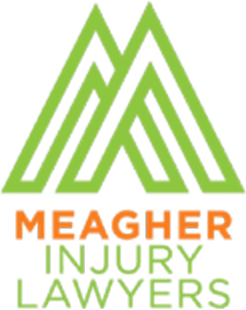


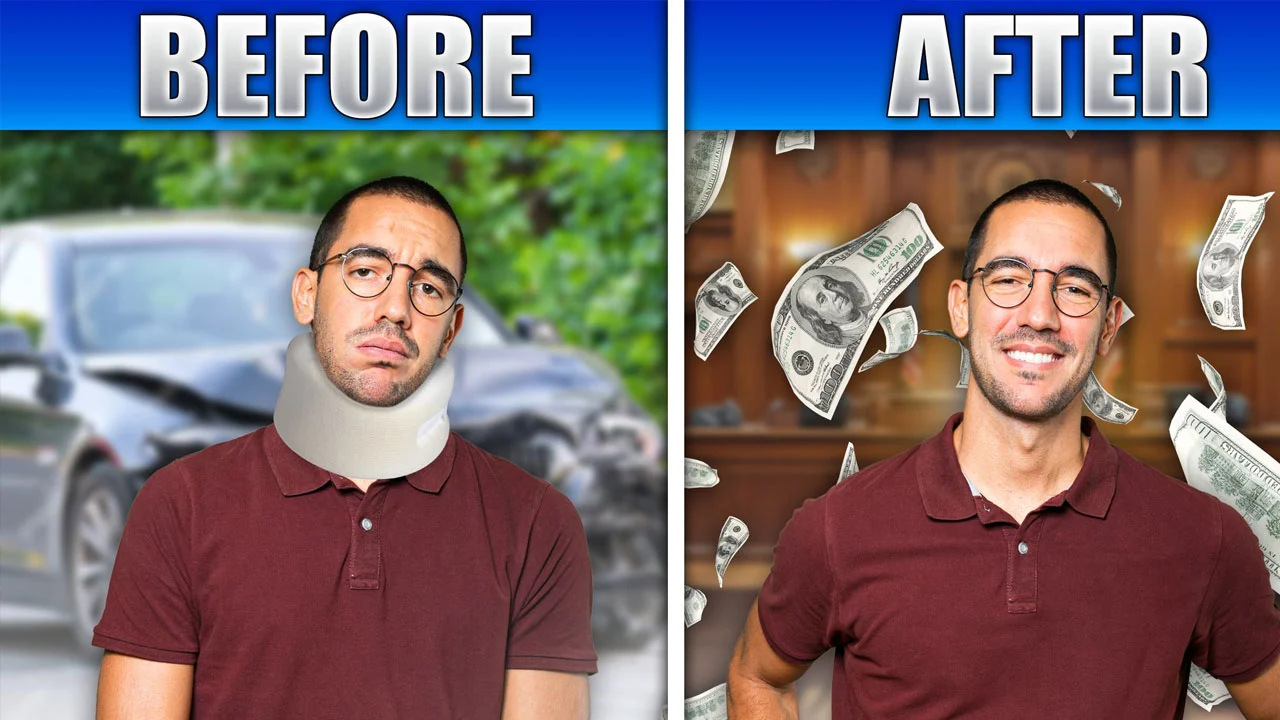
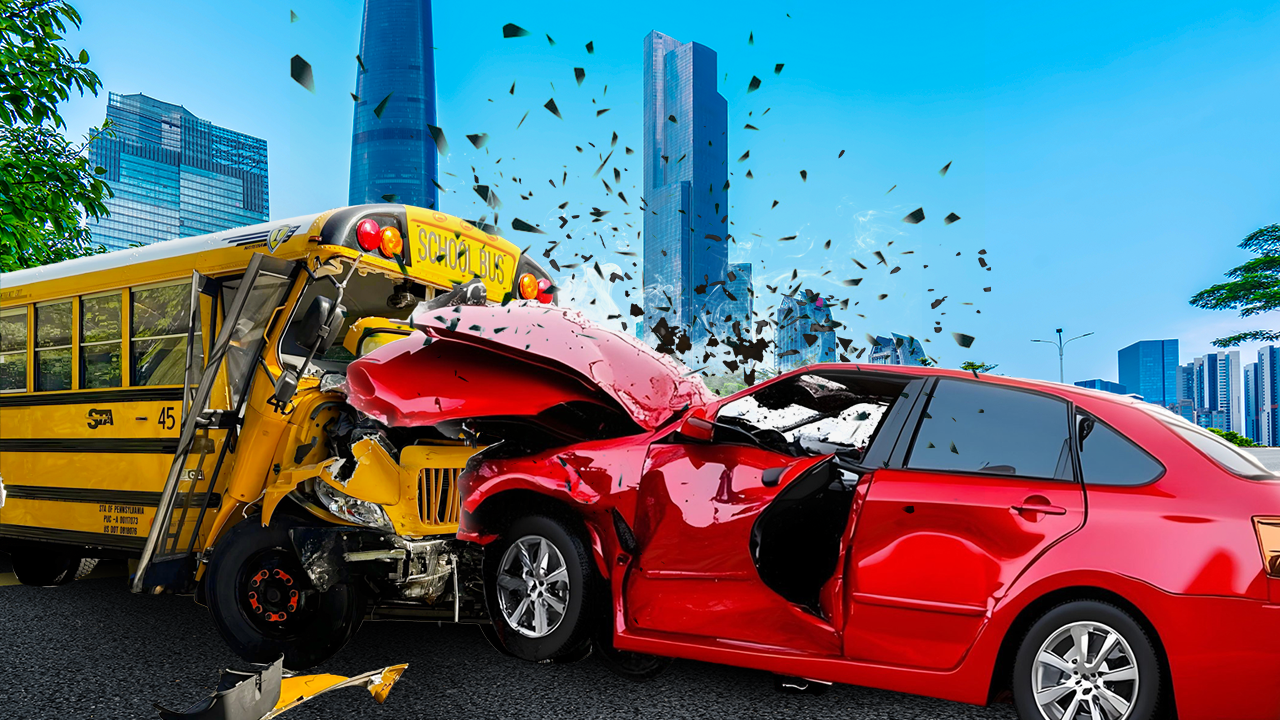
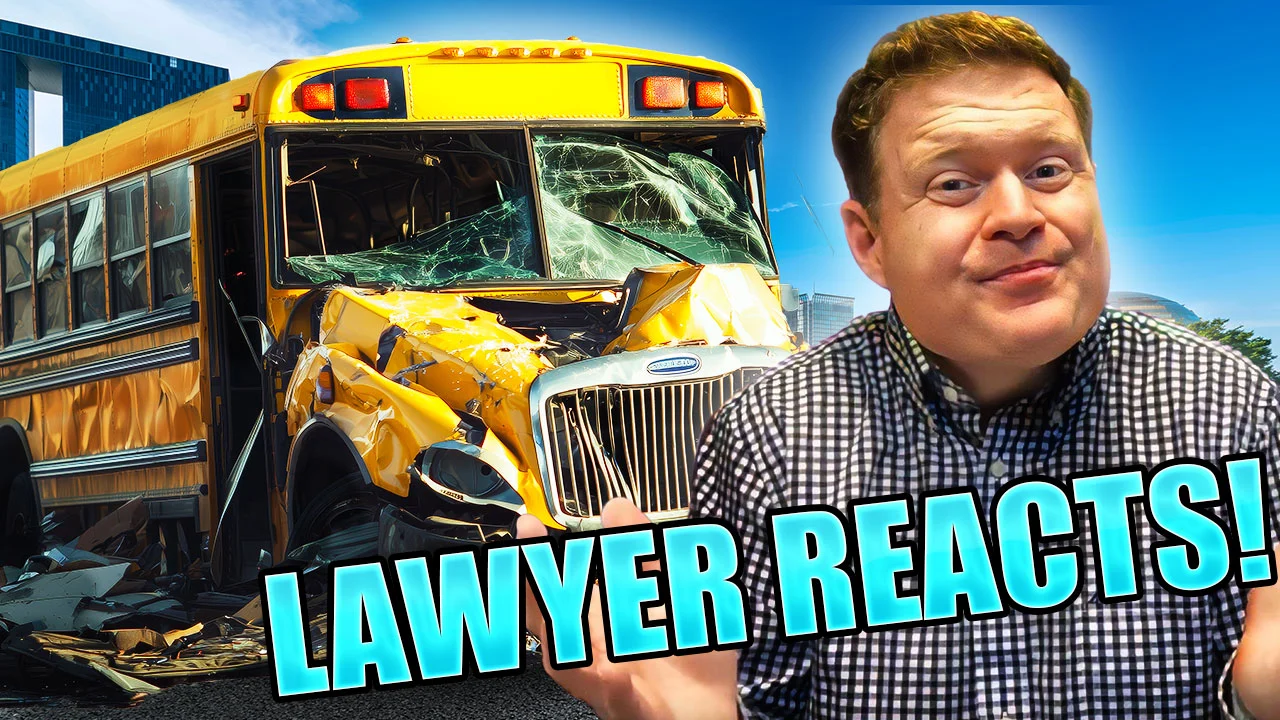
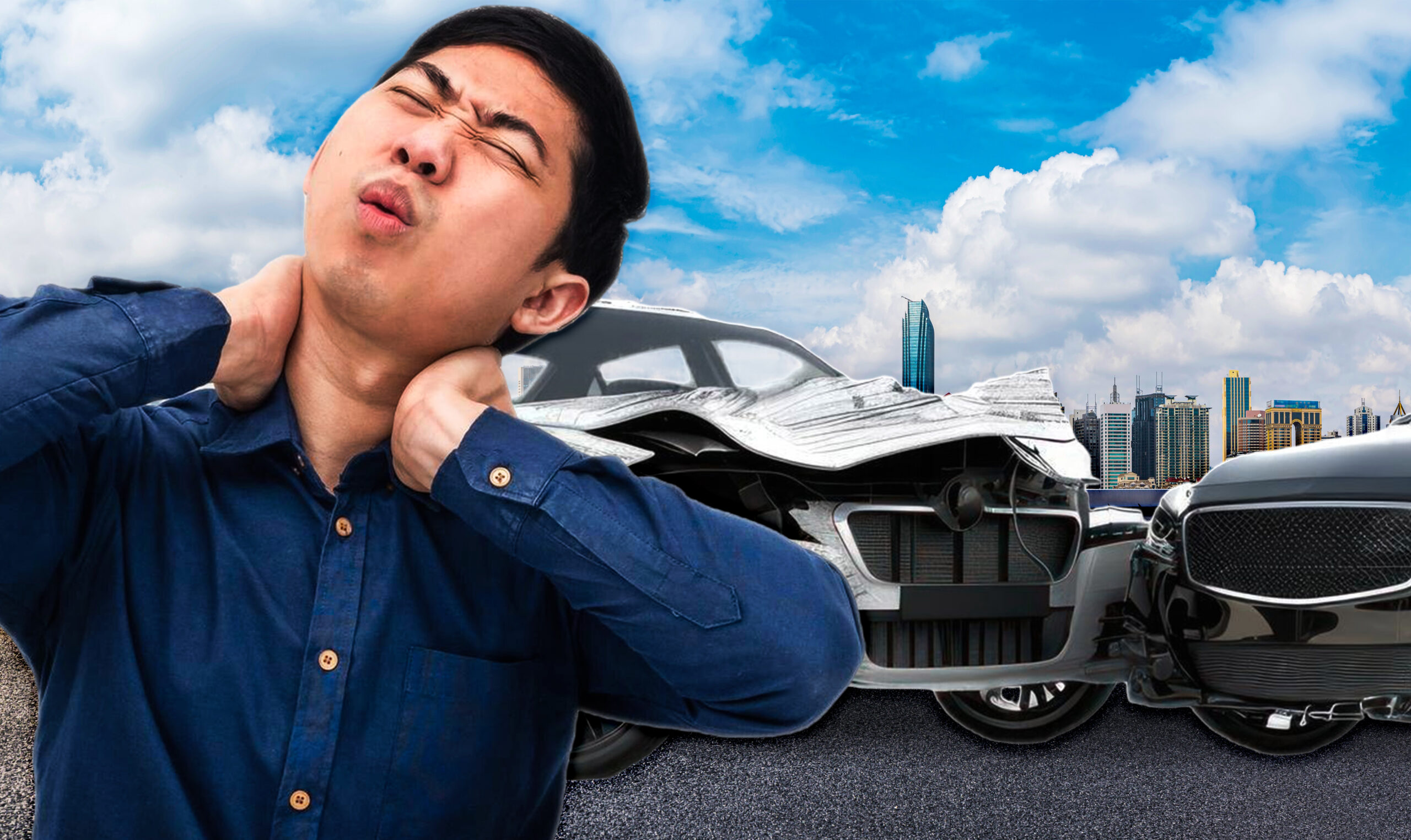
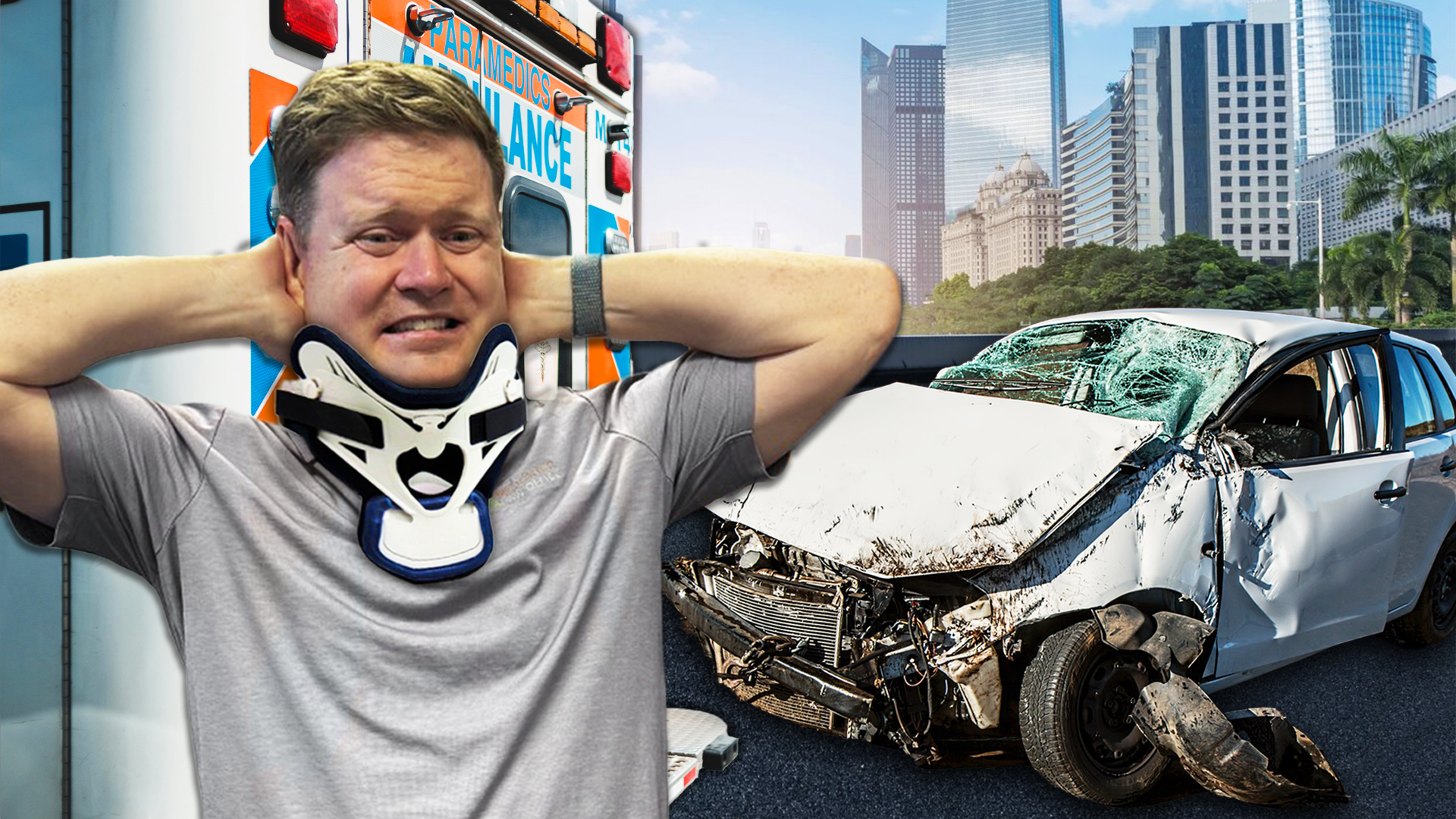
Recent Comments